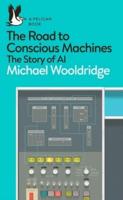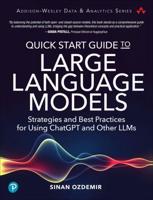Publisher's Synopsis
In response to the widespread youth mental health crisis, some kindergarten-through-12th-grade (K-12) schools have begun employing artificial intelligence (AI)-based tools to help identify students at risk for suicide and self-harm. The adoption of AI and other types of educational technology to partially address student mental health needs has been a natural forward step for many schools during the transition to remote education. However, there is limited understanding about how such programs work, how they are implemented by schools, and how they may benefit or harm students and their families. To assist policymakers, school districts, school leaders, and others in making decisions regarding the use of these tools, the authors address these knowledge gaps by providing a preliminary examination of how AI-based suicide risk monitoring programs are implemented in K-12 schools, how stakeholders perceive the effects that the programs are h










